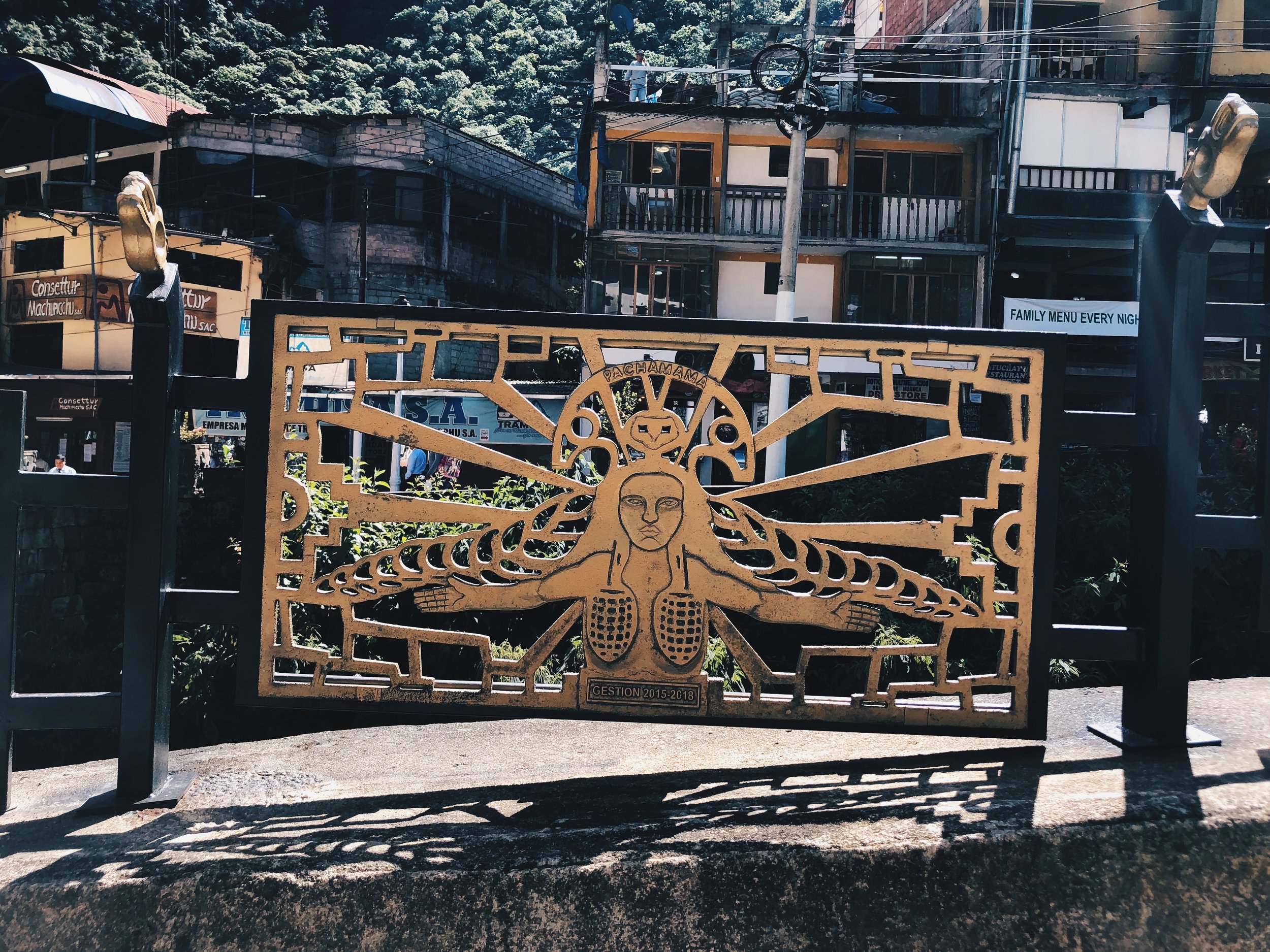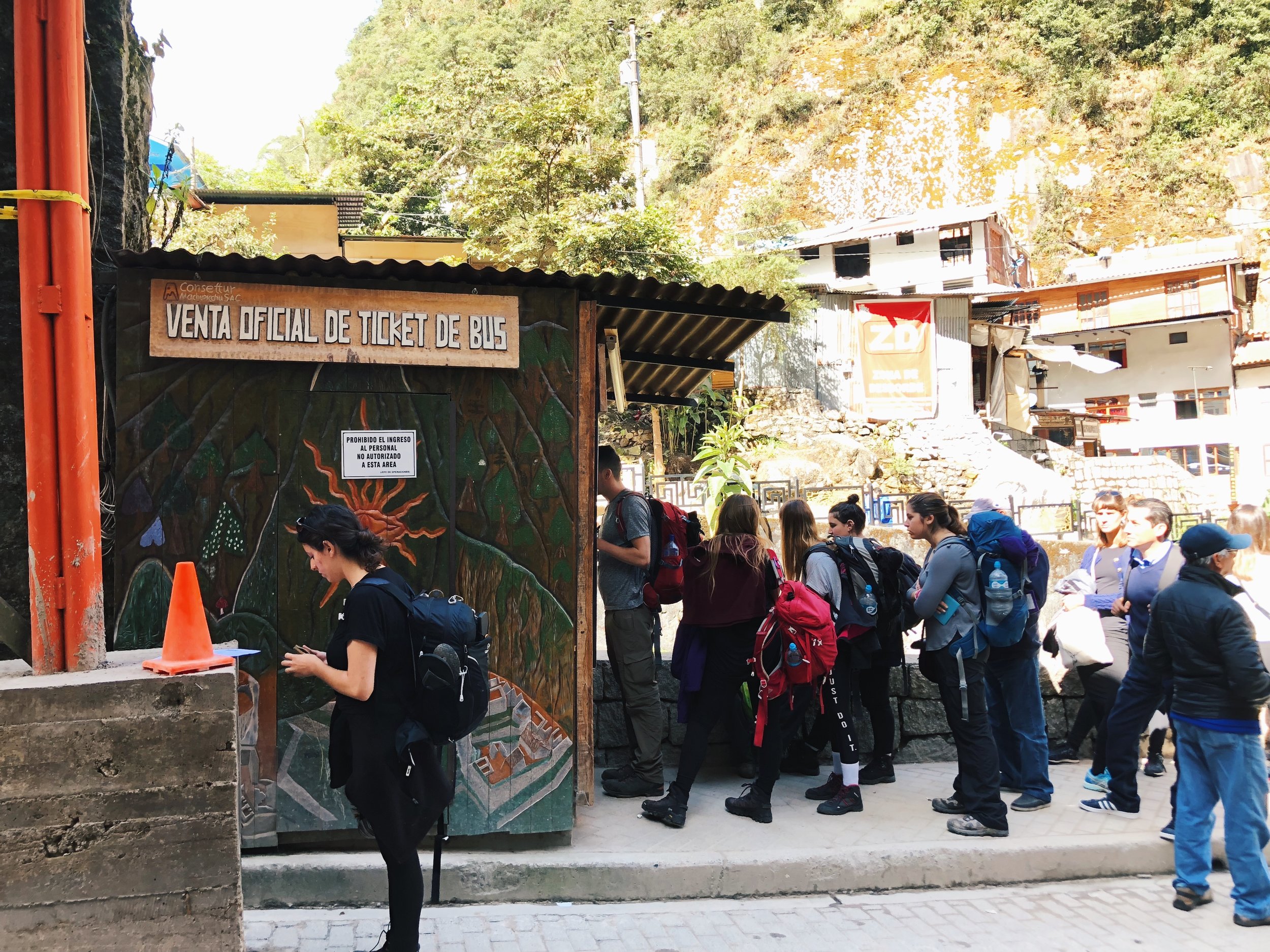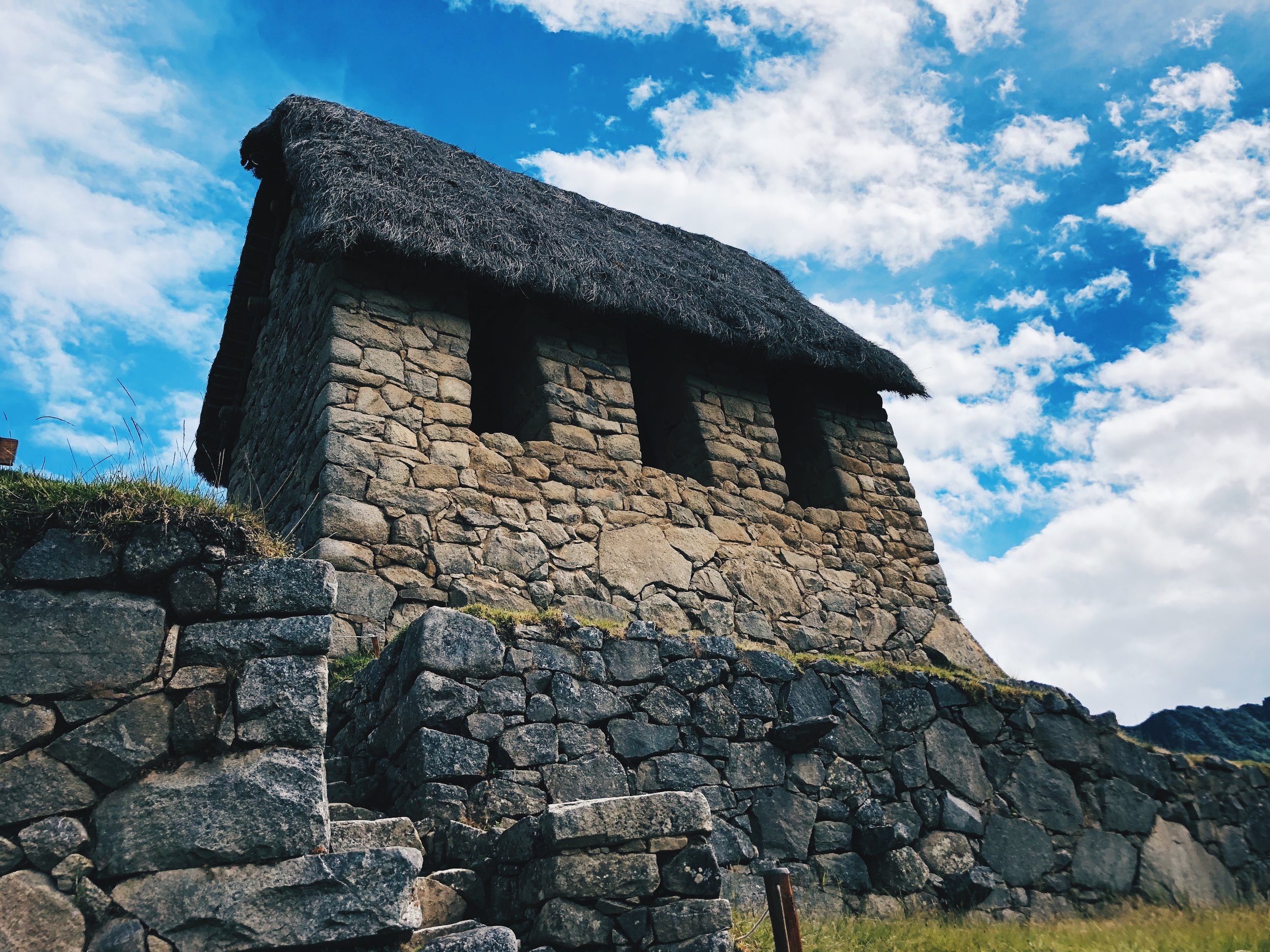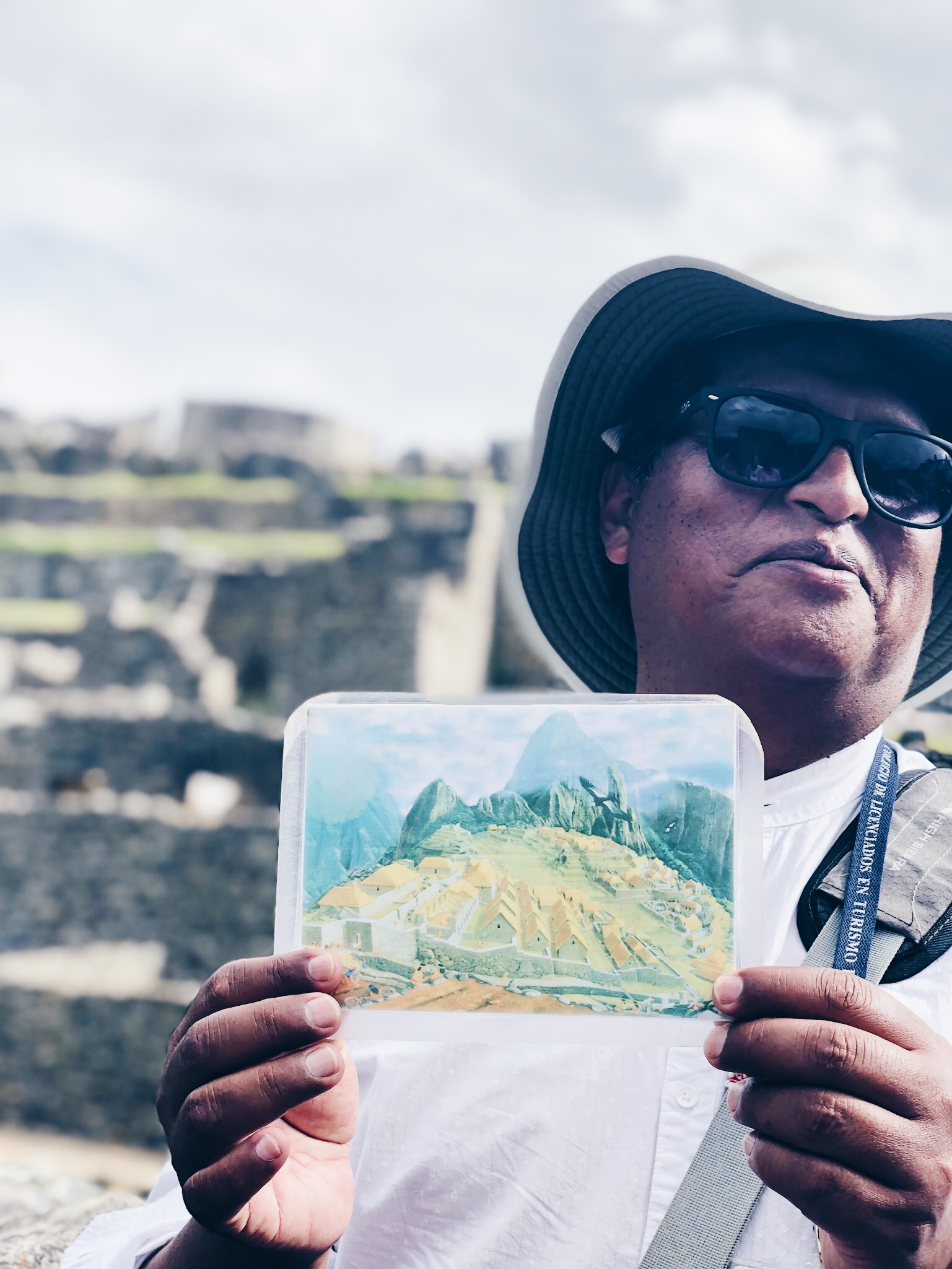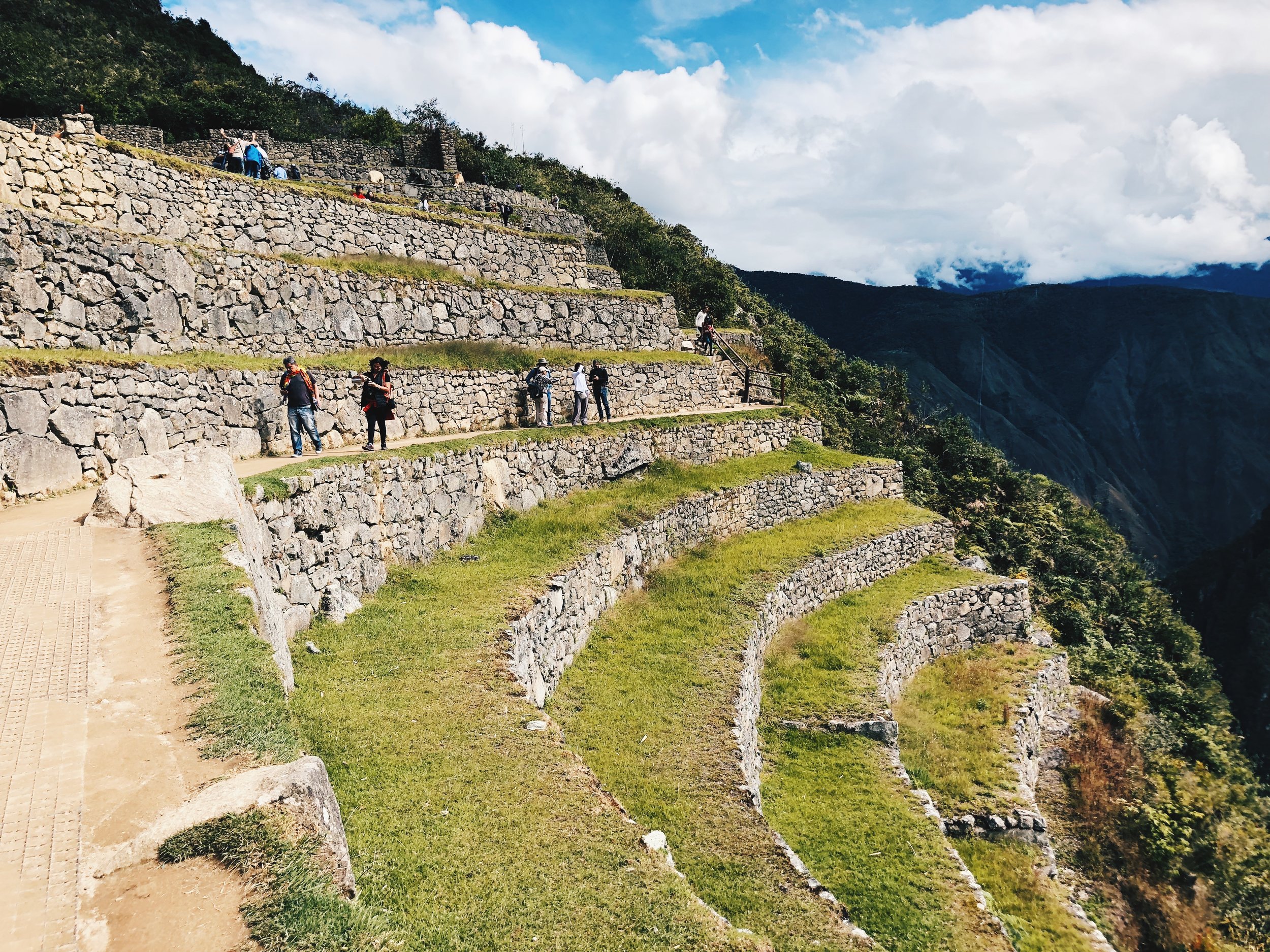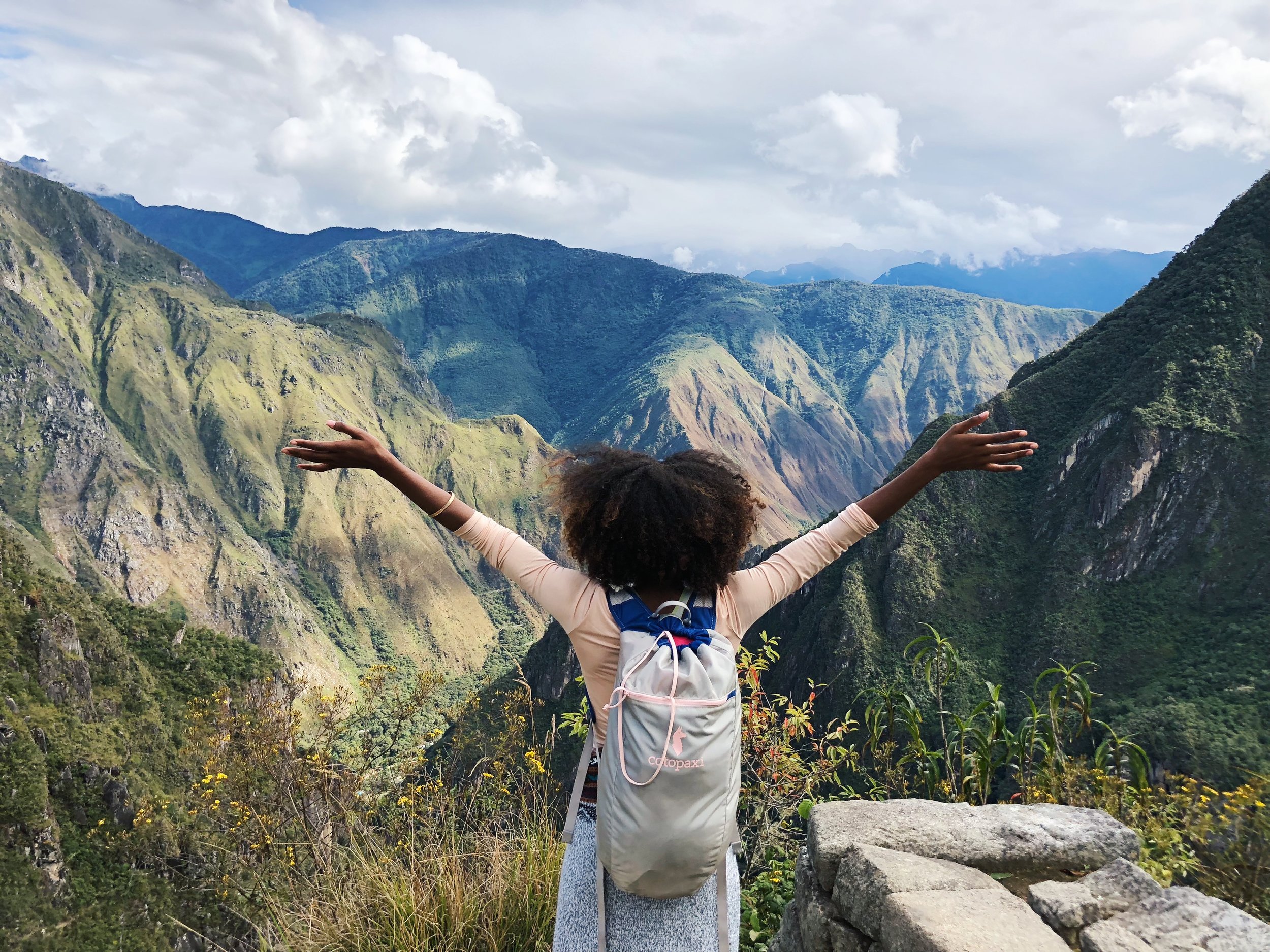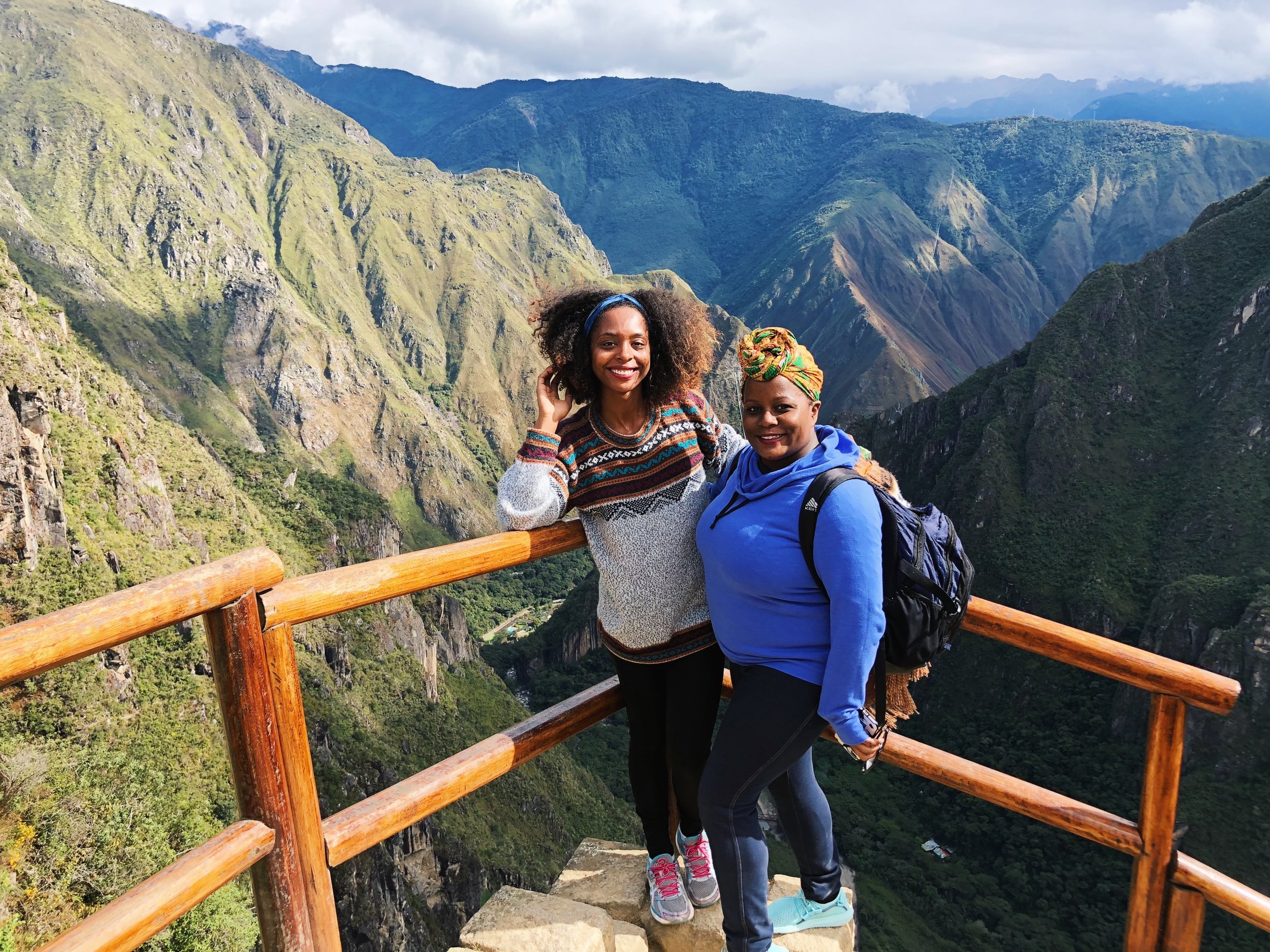If you travel to Peru, then you’ll definitely plan on visiting Machu Picchu. Resting atop of the Andes Mountain in Peru stands the awe-inspiring Inca City of Machu Picchu. The Inca held the largest empire to ever exist in the Americas, and Machu Picchu was built at the height of their reign. The city was believed to have been the royal estate or sacred religious site for the Inca leaders. One of the most fascinating facts about Machu Picchu is that in the time where the Spanish Conquistadors were virtually wiping out civilization in Peru, the city was not discovered. When the Inca got word of the conquistadors’ arrival, they destroyed their roads so that they wouldn’t be found by outsiders. For about hundred years, the city was abandoned until American archaeologist Hiram Bingham stumbled upon Machu Picchu in 1911 and shared it with the world. However, there is evidence that missionaries and other explorers reached the city before him but were less vocal about their discovery.
It’s no surprise that every year millions of people flock to explore this mysterious city. Machu Picchu has intricately crafted stonework, terraced fields, and an irrigation system that was years ahead of its time. Getting to view Machu Picchu’s splendor requires handling a lot of logistics. Here is a guide to help you plan your Machu Picchu vacation with ease!
Best Time to Visit Machu Picchu
Machu Picchu is open to the public all year. But when is the best time to go to Machu Picchu? The official rainy season is October through April, but you should expect rain at any time. High season is June to September. Given the popularity of Machu Picchu, you should always expect crowds. Sundays tend to be the most crowded, because that is when locals are allowed into the site for free.
What Time of Day to Go?
There are two entrance times for Machu Picchu. The “primer turno” or morning Machu Picchu ticket gives you access to the Inca ruins from 6am to 12pm. This is typically the busiest time of day to explore the ruins. You should visit Machu Picchu during the morning if you want to catch a sunrise. If you want to visit in the morning, you would have to stay the night before in Aguas Calientes, the town of Machu Picchu. Otherwise, you won’t realistically be able to arrive before 11am and won’t have enough time to explore the ruins. Be mindful that there is a high chance of morning fog at Machu Picchu, as it is located inside a mountain rainforest.
The “Segundo turno” or afternoon Machu Picchu tickets (12-5:30pm) are ideal if you are looking for less of a crowd, better lighting for photography, and better weather. Also, it’s the only doable option if you want to see Machu Picchu on a day trip.
How to get to Machu Picchu?
Wondering how to get to Machu Picchu? There are three options when deciding how to travel to Machu Picchu.
Machu Picchu by Bus
When planning a trip to Machu Picchu, it’s good to know that buses leave from Aguas Calientes to Machu Picchu starting at 5:30 am. The ride takes about 20-30 minutes. This will cost 24 USD for a round trip. We bought our ticket at a kiosk in Aguas Calientes. While they do accept MasterCard and American Express, they do not accept Visa.
Hiking into Machu Picchu
You can hike the trail up to Machu Picchu from Aguas Calientes. This Machu Picchu hike is a free and will take you 60 to 90 minutes, covering 400 meters of altitude.
Taking the Inca Trail to Machu Picchu
The classic Inca Trail is the most popular Machu Picchu trek. This is a 4 day Machu Picchu hike. This hike will cost about 500 USD depending on tour group you choose. When trekking Machu Picchu, tickets and an official guide are required, and most people hire a porter, a person that helps carry their belongings.
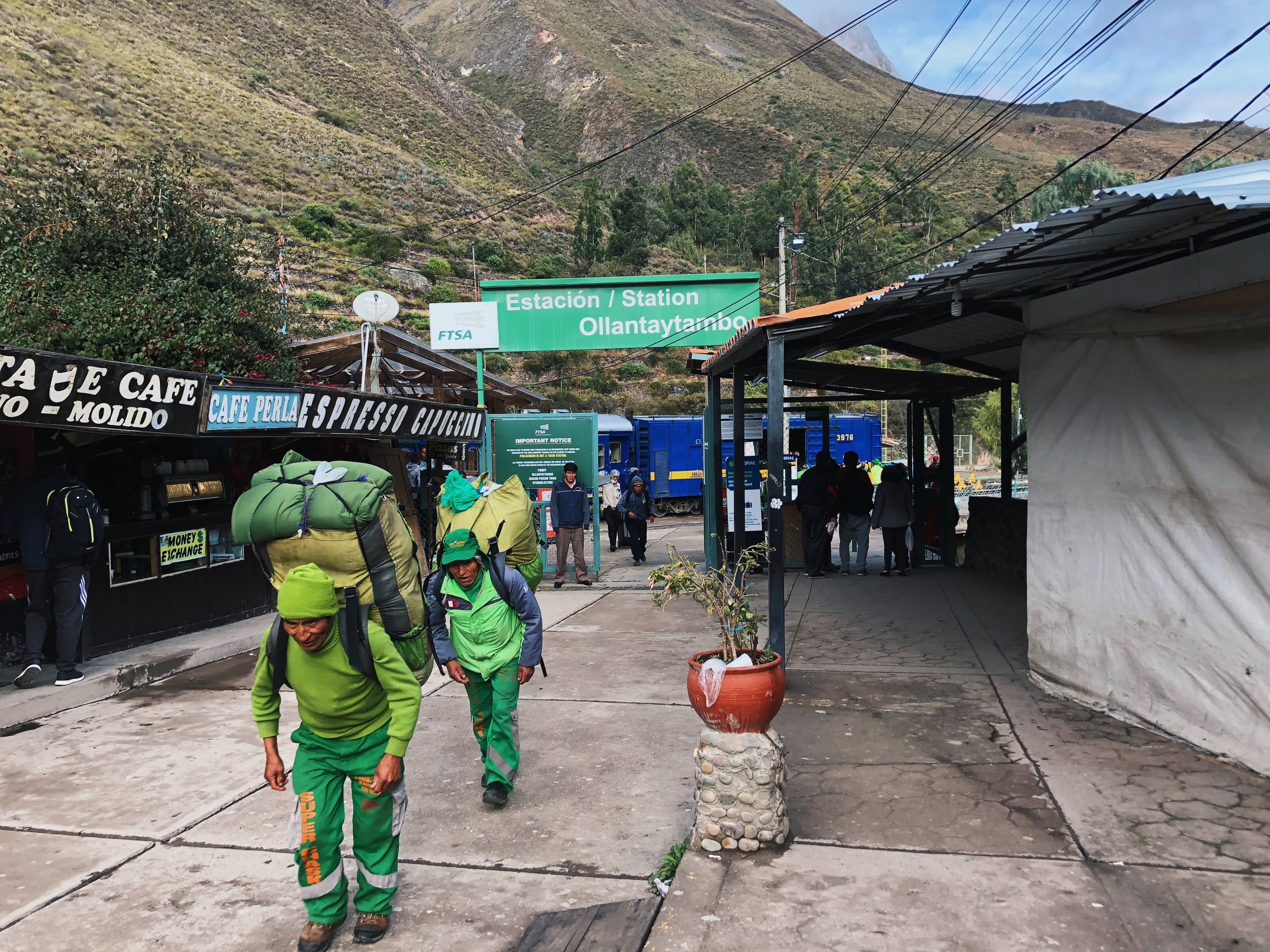
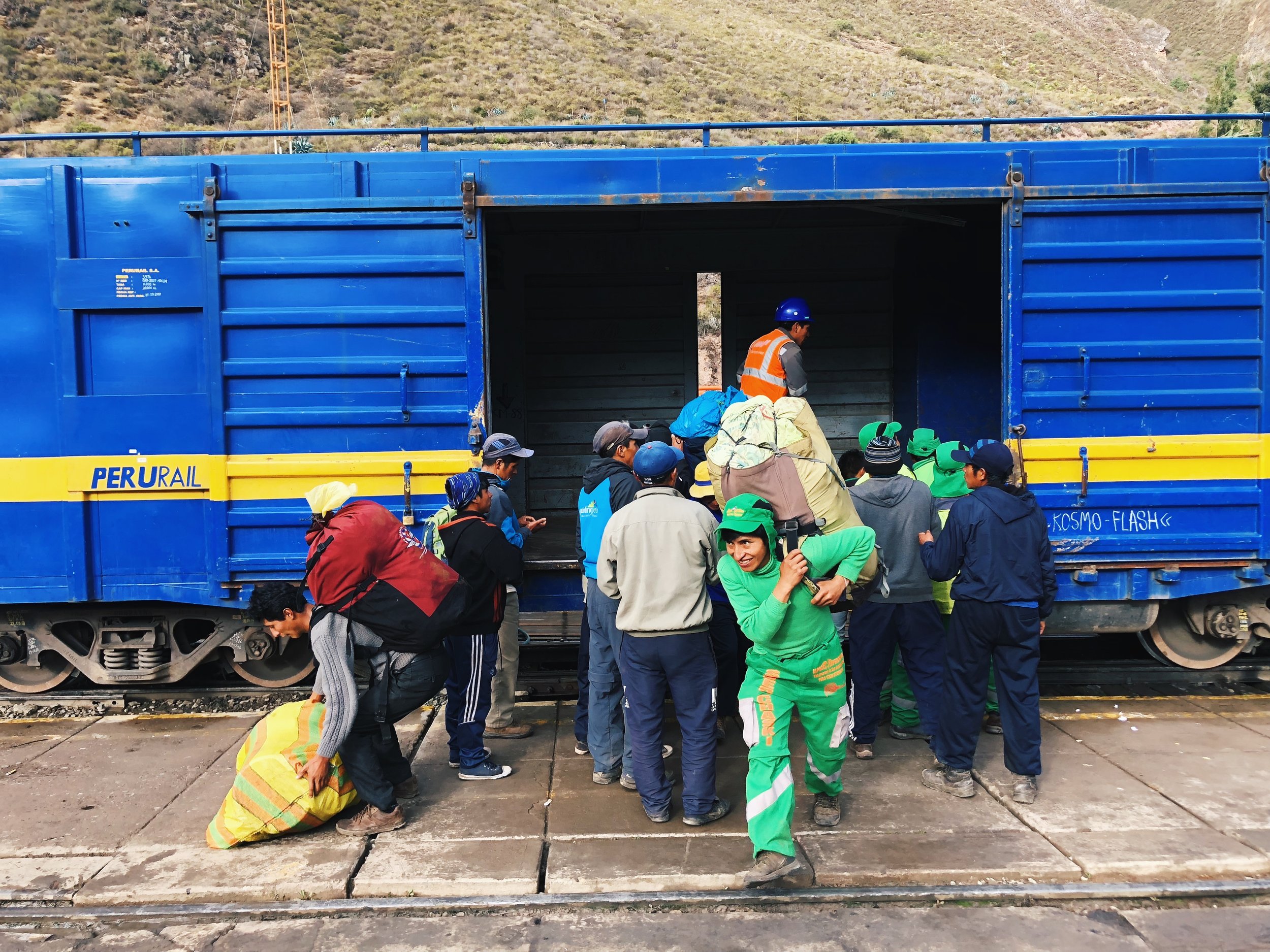
Machu Picchu Travel Preparation:
Things to Do in Advance
There are a number of things that should be done in advance of your Machu Picchu holiday:
Book Machu Picchu tickets
There is a daily limit of 2,500 visitors allowed in Machu Picchu. While you can purchase Machu Picchu tickets in-person in Cusco, Aguas Calientes, or any major city with a Banco de Nacíon, it’s strongly suggested to buy in advance, particularly in the high season. Tickets quickly sell out, and you will not be able to buy tickets at Machu Picchu itself.
There are three Machu Picchu ticket options:
Machu Picchu Main Grounds-
This is the ticket I purchased a month in advance. It provides entry to Machu Picchu including the main ruins, terraces, and temples that you see all over your IG feed. It does not provide you with access to either Machu Picchu hike (i.e. Machu Picchu Mountain or Huayna Picchu). You have to pick between a morning ticket (6:00 am to 12:00 am) or an afternoon ticket (12:00 am to 5:30 pm).
Cost (2018): Adult: $47 USD (152 Soles), Student: $24 USD (77 Soles), Child (8-17 years): $24 USD (77 Soles)
Machu Picchu & Montaña (Mountain) Machu Picchu-
In addition to entrance to Machu Picchu’s main grounds, this ticket allows you to hike the taller mountain, Montaña Machu Picchu, which stands 10,111ft/3,082m tall and provides an elevated view of the ruins. Montaña Machu Picchu itself has no ruins, it is typically less crowded, and has a longer Machu Picchu hike time. You have to pick between the two time slots to hike, 7-8AM or 9-10AM.
Cost (2018): Adult: $62 USD (200 Soles), Student: $38 USD (125 Soles), Child (8-17 years): $38 USD (125 Soles)
Machu Picchu & Huayna Picchu-
In addition to entrance to Machu Picchu’s main grounds, this ticket allows you to hike the shorter, more crowded mountain peak, Huayna Picchu which stands 8,923ft/2,720m tall. Huayna Picchu provides you with panoramic views and admission to the Temple of the Sun and ruins at the top. You have to pick between the two time slots to hike, 7-8AM or 10-11AM.
Cost (2018): Adult: $62 USD (200 Soles), Student: $38 USD (125 Soles), Child (8-17 years): $38 USD (125 Soles)
Beware that there are a few internet websites selling Machu Picchu tickets at inflated prices. The best place to purchase tickets in advance is through the Ministry of Culture website. The website isn’t the most user friendly, but it is functional. Here are some pro-tips to help you navigate it:
-
You will need Adobe Flash to be able to view the website.
-
If English is your preferred language, click the British flag at the top right corner to translate the website into English.
-
When you select your site to visit ( “lugar a visitar”) you will have an option to select Machu Picchu only or the Machu Picchu Museum and Machu Picchu. I haven’t been to the museum. If you decide to go to the museum, plan accordingly; it is midway to Machu Picchu, but there are no buses that stop along the route. Most people recommend visiting the Inca Museum in Cusco as an alternative.
-
After selecting your Machu Picchu visit, you select your route and time slot. You can purchase the morning and afternoon time slots if you want a full-day experience.
-
Special note about student tickets. Peruvian and foreign undergraduate students up to the age of 25 years old are allowed to purchase tickets at the student rate with presentation of a valid student ID. However, due to many people falsifying this information, student tickets can not be purchased online. They can be purchased through an authorized travel agency or in person in Cusco or Aguas Calientes.
Book train tickets
I decided to take the train when visiting Machu Picchu because it was the quickest way to get there. The three train companies to choose from are the Inca Rail, Peru Rail, and the Belmond Hiram Bingham train. The Hiram Bingham service is the more fancy and expensive train option. The Inca Rail and the Peru Rail are both affordable options that provide comfortable passage on a variety of types of trains.
I ended up booking with Peru Rail, because that was the train the majority of my blogger friends traveled with. I enjoyed my experience with the Peru Rail. We traveled on two different trains. On the way to Machu Picchu we had Expedition service, which provided a complimentary beverage and snack. On the way back, we had the slightly upgraded Vistadome experience, where we were given a complimentary beverage, sandwich, and dessert. The Vistadome experience also included a Saqra Dance performance (a Peruvian traditional dance) and fashion show highlighting the latest Alpaca fashion. Both trains were comfortable, spacious, and had large windows, which was great to take in the scenic route.



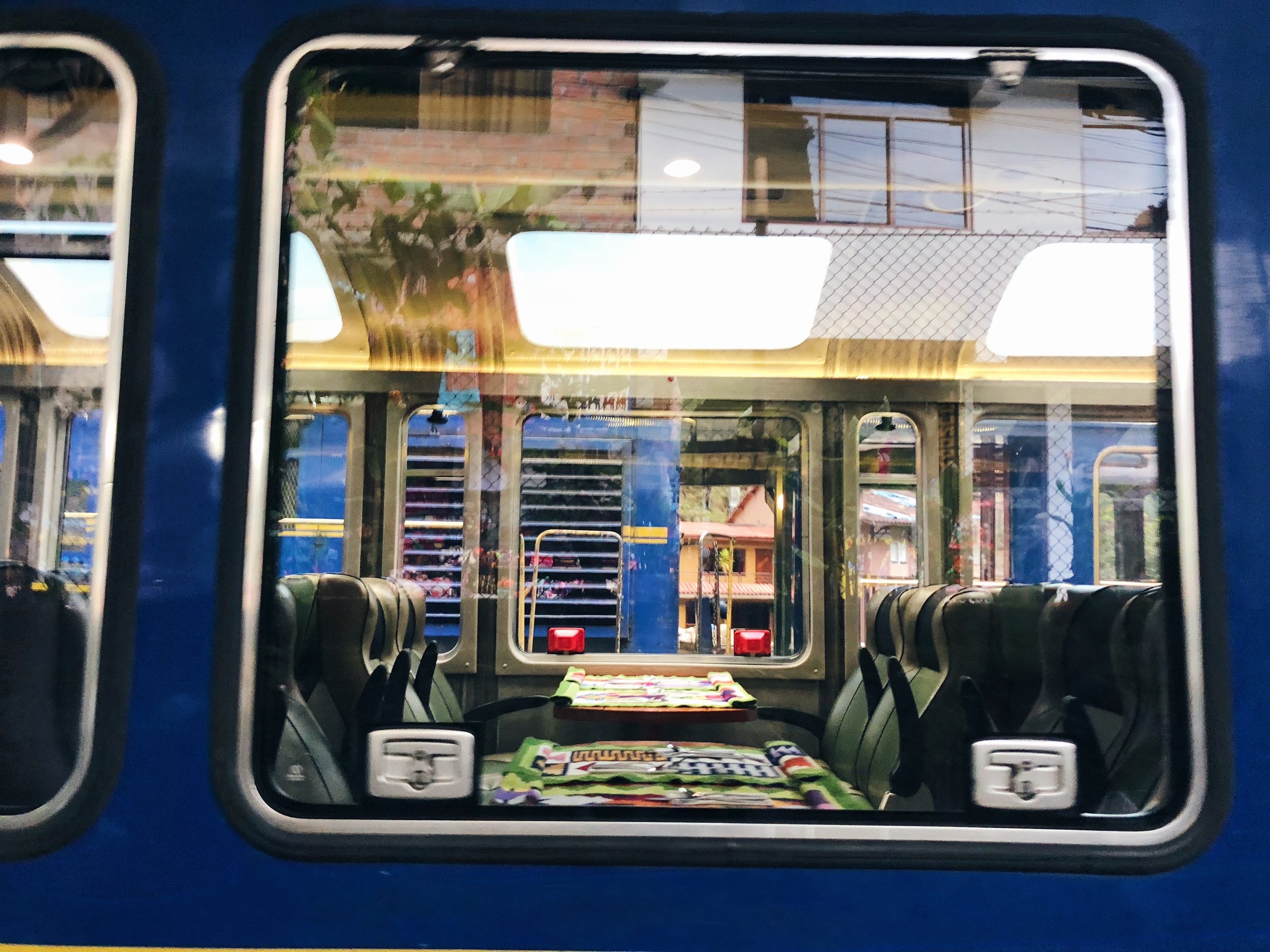
Other Important Things to Note
Getting Acclimated
More than likely, you are probably coming from a city that has a much lower altitude than Cusco (11,000 feet) or Machu Picchu (a little under 8,000 feet). At such high altitudes, altitude sickness is common. Symptoms include headache, fatigue, and nausea. You can lessen the effects of the altitude shift by slowly acclimating. We started our Peruvian adventure in Lima (5,000 feet) for two days and then traveled to Ollantaytambo (9,150 feet). From Ollantaytambo, we took the train to Aguas Calientes. While acclimatizing you should avoid alcohol and any extreme physical activity, and drink as much water or tea as possible to help your body gradually adjust to the thinner air.
Get a Tour Guide
According to new government rules, as of 2017, all visitors must enter Machu Picchu tours with a guide. Although, it didn’t seem like it was heavily enforced, I still highly recommend you get a guide and do a Machu Picchu tour. They provide a local perspective and all the fascinating historical and architectural content. We found our English-speaking tour guide in the front of the entrance gate of Machu Picchu. For our 2-hour tour we paid $10 USD each and were in a small group of 7.
How much time do you need to explore?
Our departing train from Ollantaytambo to Machu Picchu was at 8:30 am and our returning train to Ollantaytambo was at 5:23pm. This gave us enough time to eat lunch in Aguas Calientes, explore Machu Picchu, grab a quick bite to eat before we departed, and do a little shopping in the market, which was conveniently right next to the train station.
Machu Picchu Packing list
-
Passport – Necessary for entry into the citadel and also for you to mark the novelty Machu Picchu stamp on your passport!
-
Water – You’ll be doing a lot of walking at a high altitude, so hydration is important.
-
Rain jacket – Rain is always possible at Machu Picchu.
-
Sunscreen with high SPF – Peru has the highest ultraviolet radiation readings in the world, and the sun is extremely strong. Do as the locals do and load up on sunscreen.
-
Sol coins – Restrooms at Machu Picchu cost 1 Peruvian sol, so make sure you have these coins available. The only restroom available is located right before the entrance into the site. You will have to exit the gates if you have to use the restroom while exploring, so be sure to bring your passport and ticket because you will need to show that for re-entry.
Visiting Machu Picchu
Now that all of the logistics are out of the way you can spend your time visiting Machu Picchu’s urban core, temples and agricultural zones. There are more than 600 terraces, over 170 buildings, thousands of steps, several temples, and 16 fountains! The site is a testament to the Inca’s masterful skill of architecture, agriculture, and engineering. It’s mind-boggling to me that the finely crafted stonework was created without iron tools, but with river rocks! The terrace system was created as a place to grow crops and keep the city from sliding down the mountain.

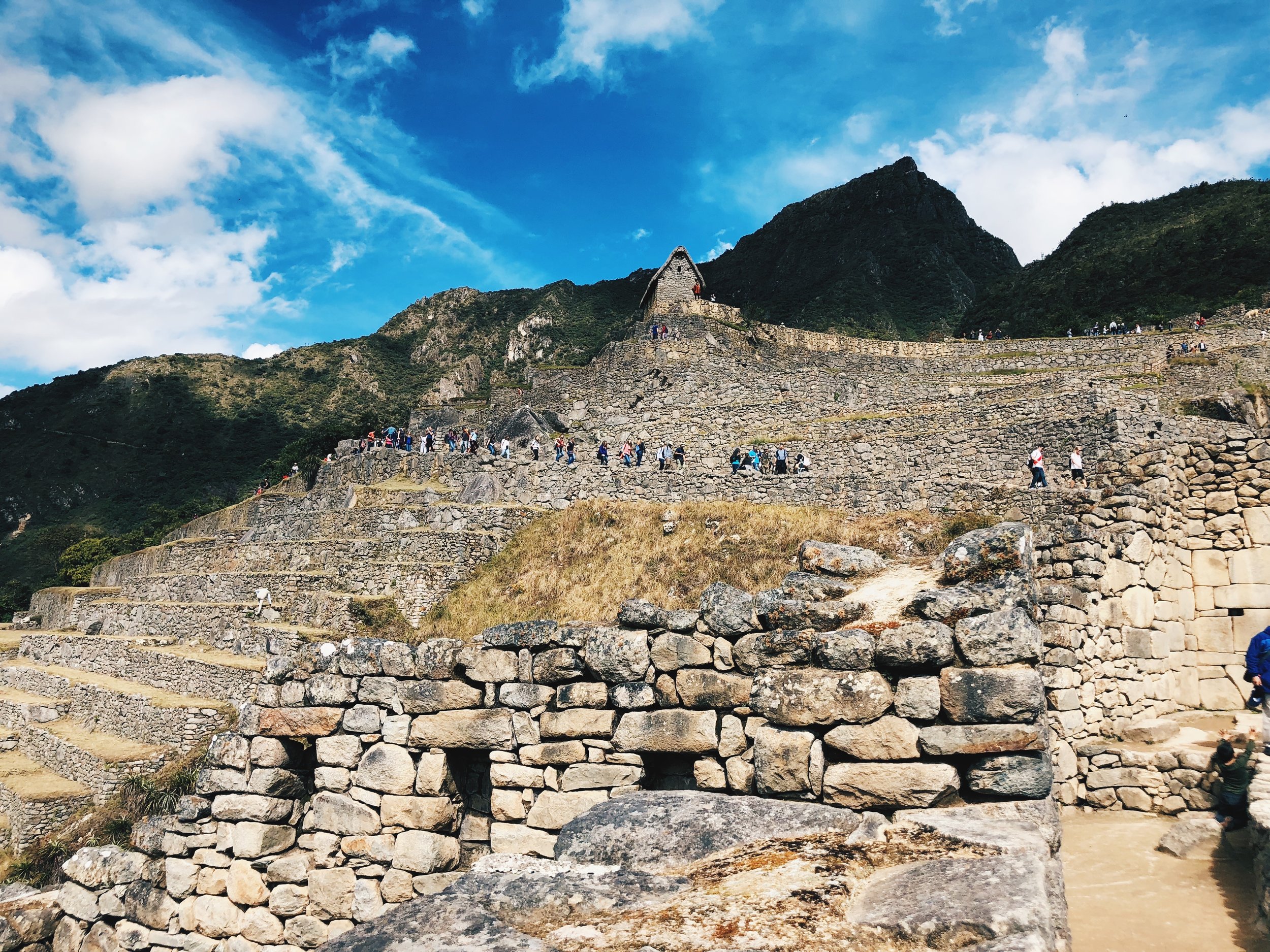




After you take your pictures, make sure you take time to just sit and take it all in. Imagine what it would be like to be one of the 600 Inca that inhabit this city!
Have you gone on a trip to Machu Picchu? How was your experience?
Liked it? Pin it!
Disclaimer: This post contains affiliate links, which means I receive a small commission if you make a purchase through them, at no extra cost to you. This helps me keep this site up and running and bring you useful free content. Thanks so much for your support!


